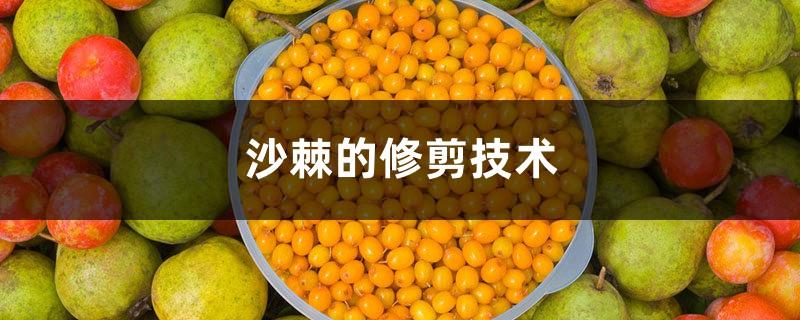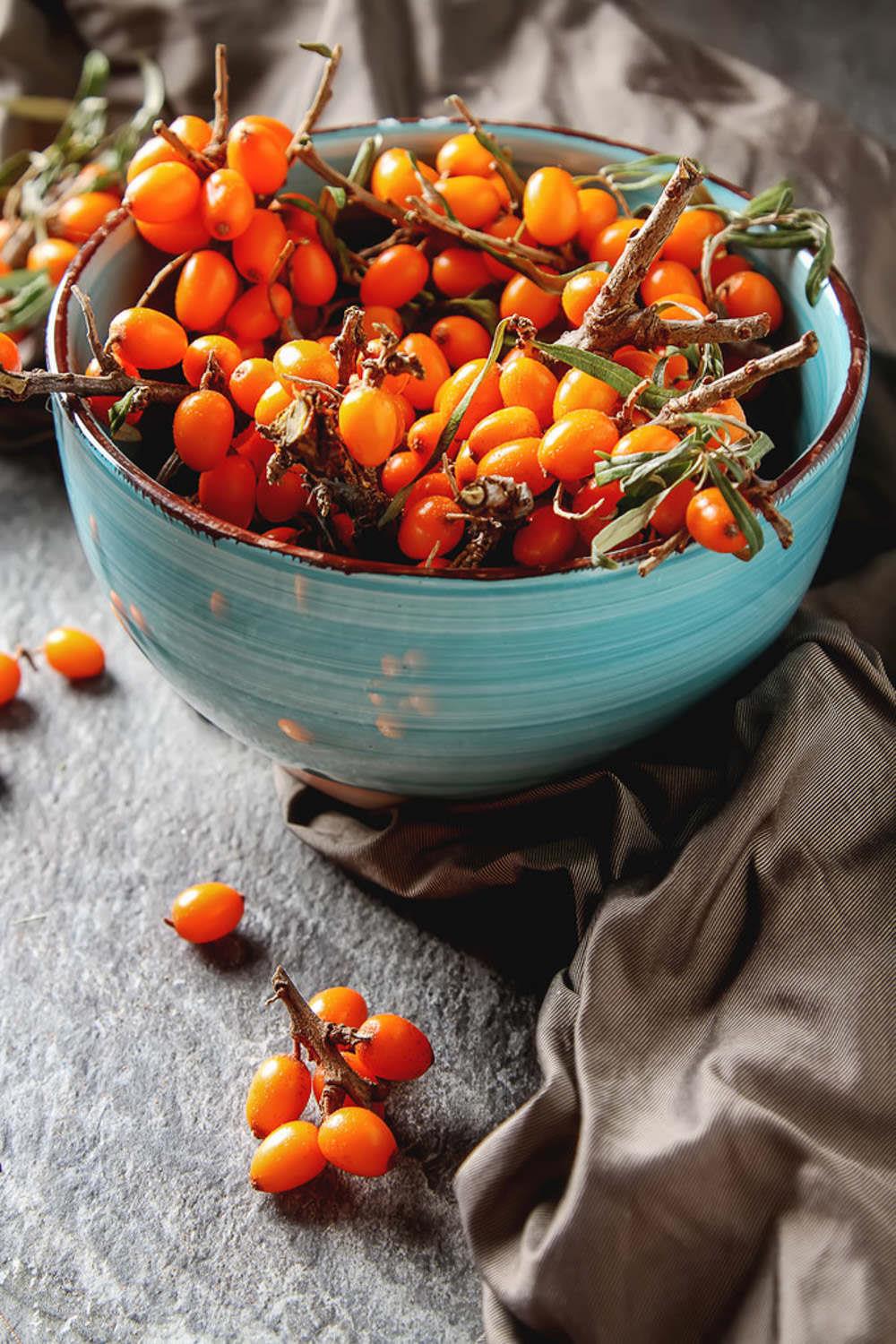Seabuckthorn pruning techniques, seabuckthorn pruning methods
Last Update :2024.11.30
Article Catalog
Sea buckthorn pruning is mainly carried out in summer and winter, with winter pruning being the main method and summer pruning supplemented. First of all, you need to perform thinning pruning to cut off branches that are too dense and too weak. At the same time, prune cross branches and overlapping branches to increase ventilation and light transmission. Secondly, pay attention to short cutting. Properly shortening annual branches can promote the growth of new shoots. In addition, you can also cut off the terminal buds of the branches to allow the plant to have more branches and increase the fruit setting rate.

1. Pruning time
1. Pruning time
Sea buckthorn pruning is divided into summer pruning and winter pruning. In summer, it usually starts from budding to the end of leaf fall, and in winter, it is from leaf fall to tree bud germination in the second spring. Pruning should be heavy in winter, which helps to concentrate nutrients and is helpful for the growth of new shoots. Summer pruning should be light. Although it will also weaken the growth, it will have a good effect on promoting the results.

2. Pruning Method
1 , Thinning: Thinning is the most common pruning method, mainly for sea buckthorn trees that grow well. This type of pruning is mainly concentrated during the growth period. It is necessary to regularly check the growth of branches and leaves, and cut off branches that are too dense or too weak. At the same time, if there are diseased and insect-infested branches, prune them off. Crossing branches and overlapping branches need to be pruned appropriately to improve the ventilation and light transmission of the canopy so that it can better accumulate nutrients and prevent diseases and insect pests.

2. Short cutting: Short cutting is mainly for annual branches. , there is no need to trim it too long, just cut off one third. This kind of pruning is mainly to promote the growth of new shoots and increase their branches. The more branches, the easier it will be to bloom and bear fruit. If the pruning force is too strong and too many parts are cut off, this will make the sprouting branches stronger. Although it is not conducive to fruiting, it can develop developing branches and cultivate more fruiting branches.
3. Topping: Topping is also a commonly used pruning method. Remove the growing point at the top of the branch, which will inhibit its own growth, but will promote branching and increase the fruit setting rate.

2. Pruning method
- END -
What kind of plant is maidenhair fern and what are its medicinal uses and effects?

Adiantum is a small terrestrial fern in the genus Adiantum. It is widely cultivate...
Planting flowers on the enclosed balcony

The flowers that are not conducive to maintenance on closed balconies are roses. B...